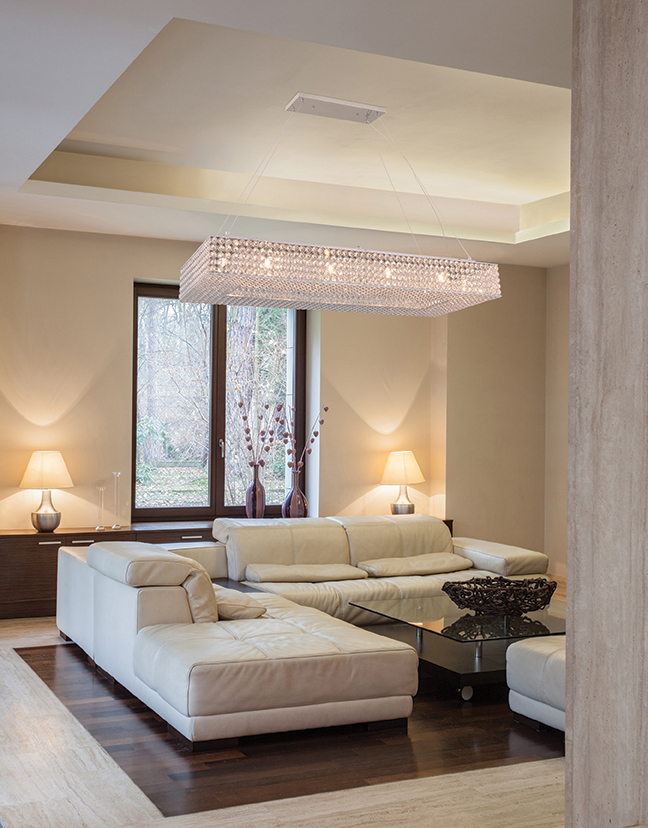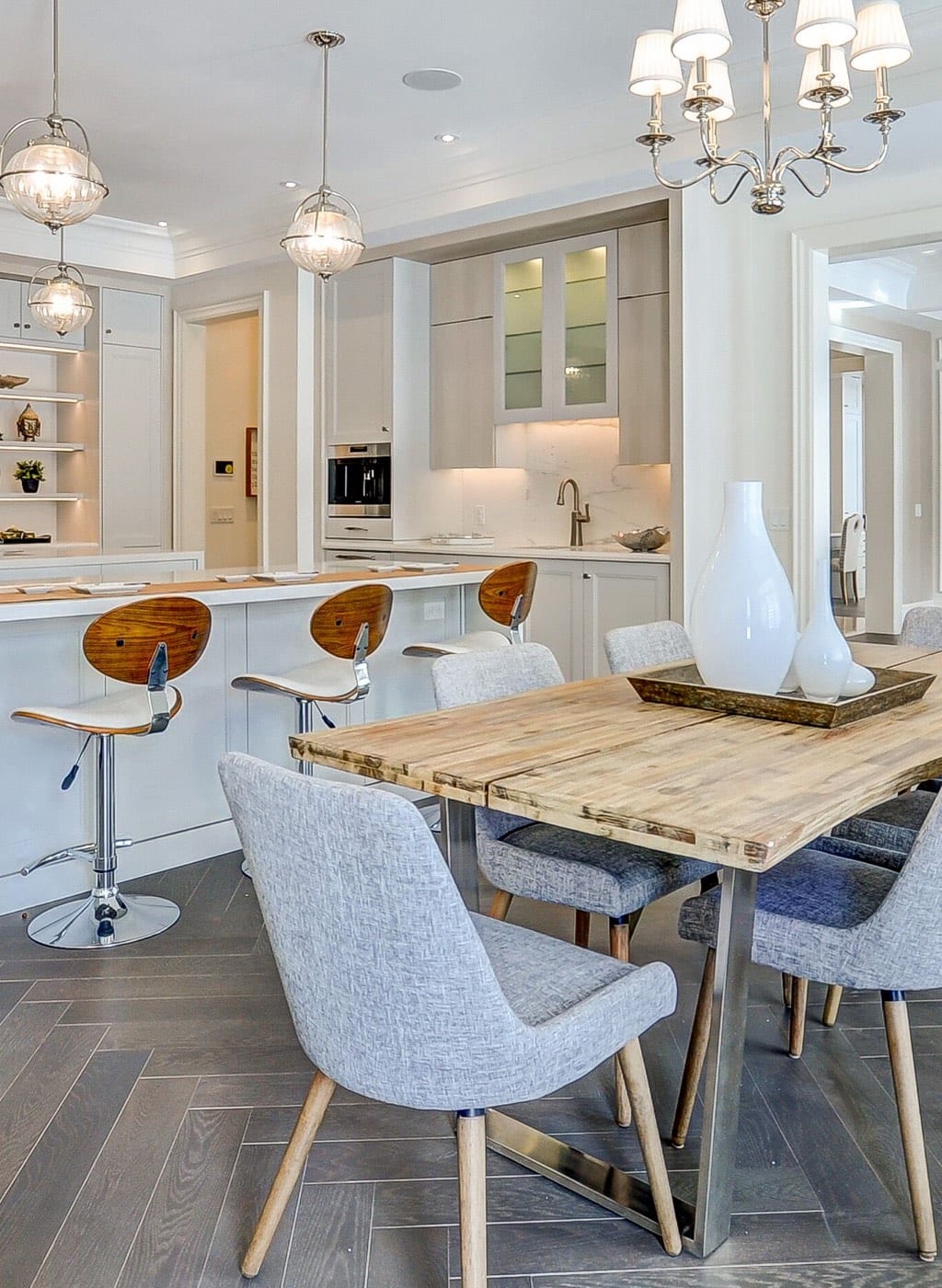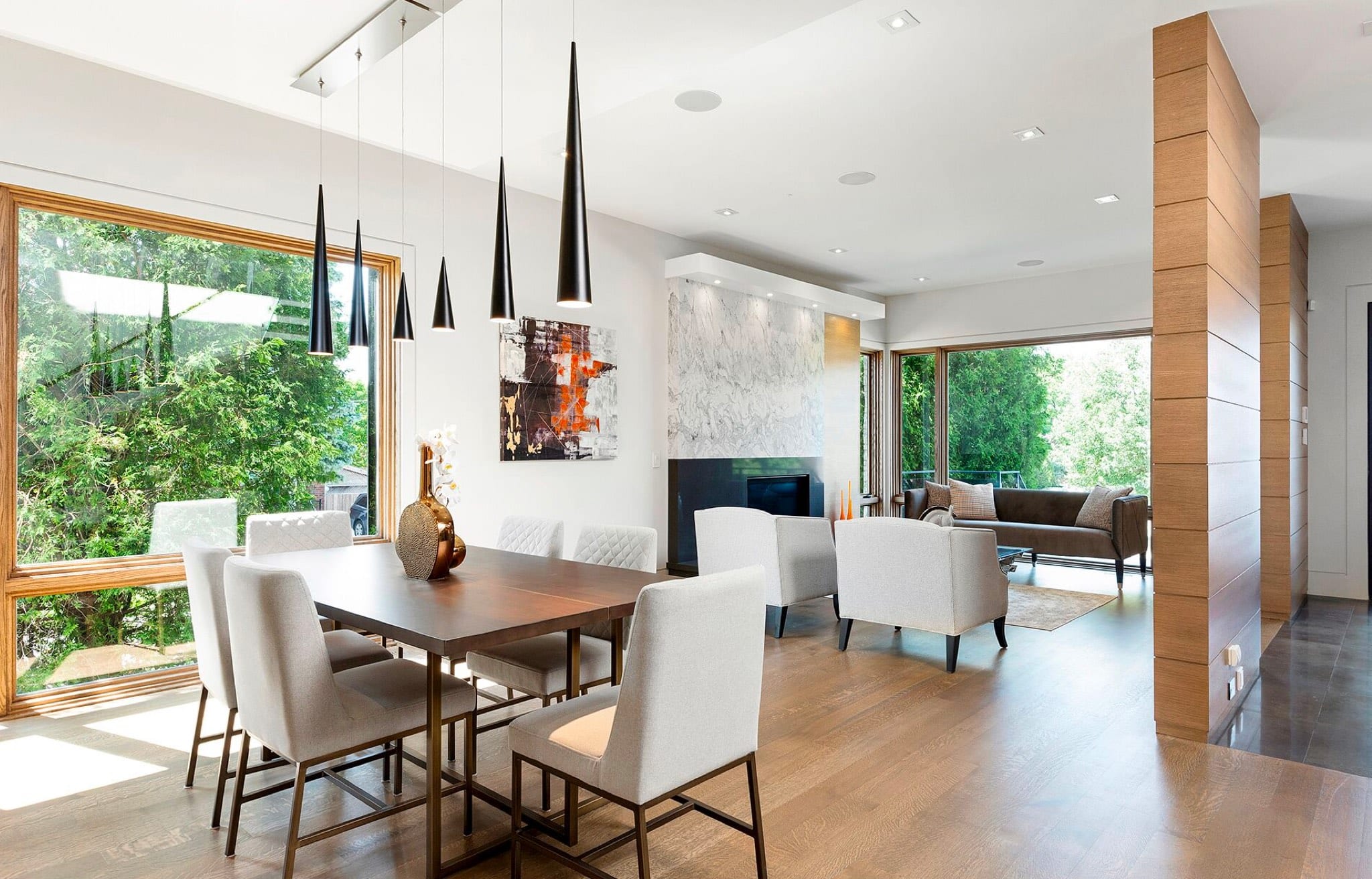
By William MacDonald, for COLLECTIONS by Harvey Kalles Real Estate Ltd., Brokerage
In the early spring, my firm began working on an interior design project for a young family who had recently purchased a very large house that was built in the mid 1920s. It lies in a well-heeled, leafy enclave in the north end of the city. Although the layout, room sizes and style of the house are near perfection, some of the practical components of the house need immediate updating, particularly the electrical and lighting.
All the light fixtures, wiring, switch plates and outlets would have to be completely replaced. This is not a small job; it involves an interior designer, an architect, a contractor, subcontractors, and, of course, client opinion. All the walls, ceilings, baseboards, and some original moldings would have to be either completely taken down or partially removed to install the new wires and other electrical necessities.
I was very happy, after initial discussions with my clients, to hear they wanted to update all of the lighting in the house. Most people don’t understand the power of proper lighting. Lighting not only enhances the beauty of interior space but also provides a practical and necessary function. Good lighting can highlight architectural features, works of art, important carpets, table centres and other components of a well-designed room.
It’s always important to remember to incorporate into your overall budget a substantial portion for good lighting design and fixtures. Any good designer will have a separate lighting plan to be used in conjunction with other design concepts for a home. I’ve often worked with the skilled staff at Royal Lighting who not only have a vast array of latest trendy styles but more important have a great deal of in-depth lighting knowledge and experience working with non-designers and designers for all their lighting needs.
A good lighting plan for any home should include three key types of lighting: ambient lighting, task lighting and accent lighting.
AMBIENT LIGHTING provides an area with overall illumination. It radiates a comfortable level of brightness and allows you to see and walk about safely. In some spaces such as a mudroom, the ambient lighting also serves as the primary source of task lighting.
It can be accomplished with a dazzling chandelier, ceiling fixtures or wall-mounted fixtures such as sconces, track lighting or pot lights. Always make sure you install enough and that they are on dimmers. A tip when working with pot lights: if you think you have planned for enough add at least four to six more, then you’ll be just about right. Having a central source of ambient light in all rooms is key to a good lighting plan.
TASK LIGHTING helps you perform specific tasks, such as reading, grooming, preparing and cooking food, doing homework, working on hobbies, or playing games. It can be provided by recessed and track lighting, pendant lighting and under-cabinet lighting, as well as by portable floor and desk lamps.
ACCENT LIGHTING adds drama to a room by creating visual interest. My two favourite types of accent lighting are picture lights that enhance works of art. Whether they’re from Sotheby’s or a thrift store, a picture light makes every piece of wall art look like a million bucks. My other favourite type of accent light is an up-light. This type of light sits on the floor and shoots up toward the ceiling. As part of an interior design scheme, it is used to add drama and draw the eye to paintings, sculptures and other prized possessions. It can also be used to highlight the texture of a brick or stone wall or window treatments. To be effective, accent lighting requires as least three times as much light on the focal point as the general lighting surrounding it.
Whether you are doing a complete renovation or just wish to enhance your existing space, always look at adding more light to your life!
For more information on the latest in lighting products, visit Royal Lighting at: www.royallighting.com




